Why this guide matters: balancing the scoreboard and the score report
If your child competes in high school sports and hopes to play in college, you’re living in two worlds at once: the daily grind of practices, games, and tournaments—and the quietly intense world of college admissions. For student-athletes, the stakes feel uniquely layered. Coaches are watching drills and film; admissions officers look at transcripts and test scores. The NCAA sets academic eligibility rules that hinge on course completion, GPA, and sometimes standardized test scores. Understanding how the SAT fits into that picture removes mystery, reduces stress, and helps you make smart choices with time, energy, and money.
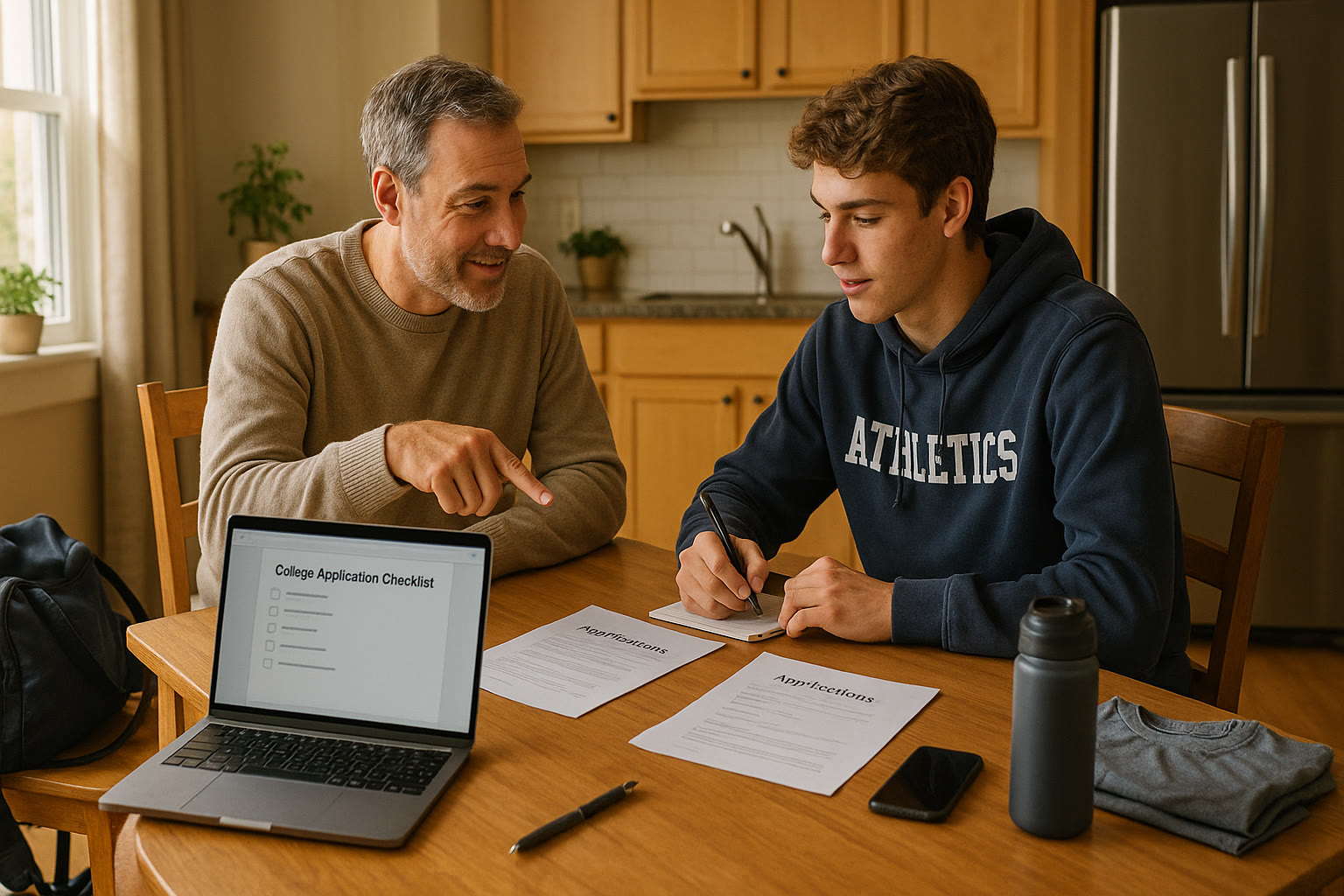
Quick overview: NCAA academic eligibility and the SAT
The NCAA eligibility process determines whether a student-athlete can practice, compete, and receive athletic aid in college. There are academic standards called “initial-eligibility” requirements that combine three pieces: completion of required high-school core courses, a minimum GPA in those courses, and an approved standardized-test score (in some cases). The exact weight of the SAT in eligibility depends on the NCAA division, the athlete’s academic profile, and whether a test score is used for eligibility certification.
Bottom line: start early. The right planning—targeted course choices, steady grades, and strategic test preparation—gives your athlete the best shot at meeting NCAA thresholds and making an attractive college application.
Understanding the test landscape: Digital SAT and the NCAA
The SAT has moved to a digital format, and the College Board provides schedules, score reporting processes, and free practice resources. For NCAA purposes, acceptability of test scores follows College Board reporting channels. Make sure score reports are sent correctly when you register or after testing—coaches and eligibility centers need official documentation.
Which SAT scores matter to the NCAA?
- Official scores sent through the College Board are what counts. Self-reported or unofficial screenshots usually won’t replace an official record for certification.
- Depending on the NCAA division and your athlete’s GPA and core-course count, a test score can be a tie-breaker that helps meet a sliding-scale requirement.
- PSAT results can guide preparation, but the PSAT itself is not used for NCAA eligibility. Think of it as early feedback.
When to test: a timing roadmap for parents
Timing matters more for athletes than it seems—practices and travel can limit study time, and many recruiting interactions happen early in high school. Aim to have at least one official SAT attempt completed by spring of junior year so scores are available during the core recruiting window and college-application planning.
Suggested testing timeline
- Freshman year: focus on building a strong foundation—core courses and study habits. Consider a diagnostic PSAT or SAT practice test to establish a baseline.
- Sophomore year: take full-length practice tests and an early official SAT if the schedule allows—this creates room for later improvement without time pressure.
- Junior year (fall–spring): prioritize official SATs in early fall and winter. By spring, most student-athletes should have at least one official score to use in recruiting conversations and eligibility checks.
- Senior year: use final retake(s) if needed—balance this with early-decision deadlines and athletic commitments.
What’s a good SAT target for NCAA athletes?
There isn’t a single universal target—good scores depend on the athlete’s intended college, major, and the competitiveness of the sport’s recruiting pool. Use the concept of reach, match, and safety schools: identify target scores for each school so your athlete can focus preparation strategically.
How to set a realistic target score
- Ask the coach or admissions office about the typical academic profile of incoming athletes.
- Look at the middle 50% SAT range for schools of interest (this helps you place schools into reach, match, and safety categories).
- Consider your athlete’s strengths—if math is a strong suit, set a higher math target and shore up reading/writing areas, and vice versa.
Study strategy that fits the athlete’s life
Your athlete’s calendar is a tangle of practices, travel, homework, and rest. A realistic SAT plan must fit around the season calendar and prioritize consistency over marathon cram sessions. Small, focused sessions beat big, infrequent ones.
Weekly study plan example (during season)
- 3–4 short sessions per week, 40–60 minutes each (targeted practice, not passive review).
- 1 full-length digital practice test every 2–3 weeks, with focused review of missed items.
- Two micro-goals per week—e.g., mastering a grammar rule or finishing five algebra practice items.
- One review session with a tutor or coach every 1–2 weeks for accountability and technique refinement.
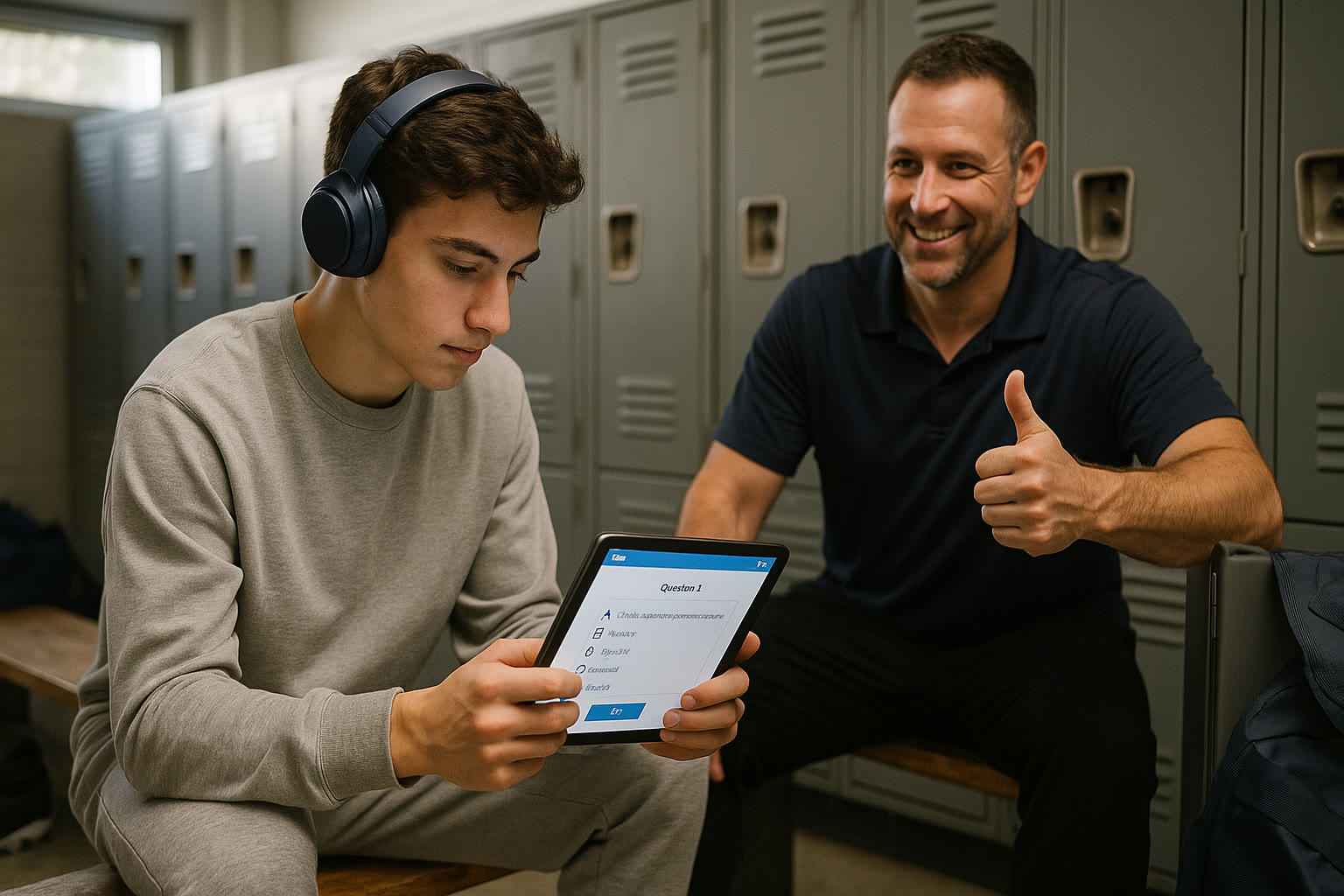
Practical tips for test day and preparation logistics
- Register early to secure convenient test dates. If travel is needed, factor in arrival time and rest.
- Bring any required ID and documentation—double-check what the College Board requires for the digital SAT.
- Plan a recovery and sleep schedule around practice and travel—rested brains perform better.
- Use the official College Board practice resources for digital SAT familiarity and adaptive test format practice.
How coaches and parents should coordinate
Coaches want committed athletes; colleges want academically prepared students. Aligning these goals takes communication. Coaches may help advise on recruiting timelines, while parents handle logistics, academic monitoring, and emotional support.
Suggested coordination checklist
- Share academic timelines with the coach so practice and testing don’t collide at critical moments.
- Ask coaches how they prefer to receive academic updates and test scores (some want copies of profiles; others want brief status updates).
- Schedule focused academic blocks during off-season training to catch up or accelerate test prep.
Table: Snapshot of priorities by high-school year
| Year | Athletic Focus | Academic/SAT Focus | Parent Actions |
|---|---|---|---|
| Freshman | Skill-building, foundational training | Core courses, diagnostic PSAT/SAT | Track courses, encourage study routine |
| Sophomore | Expanded competition, evaluation camps | Begin SAT practice, consider early official test | Help schedule practice tests, start college list |
| Junior | Peak recruiting visibility | Official SATs (fall/winter), GPA focus | Ensure official score reporting, check NCAA core-course progress |
| Senior | Finalize recruiting, college decisions | Final test retakes if needed, submit scores | Confirm eligibility certification, support applications |
Common pitfalls and how to avoid them
There are several recurring mistakes families make—most of which are avoidable with planning.
Top pitfalls
- Waiting too long to take the SAT: delay reduces time for improvement and may conflict with recruiting timelines.
- Ignoring NCAA core-course tracking: missing or under-crediting core courses can create last-minute eligibility surprises.
- Overloading practice without academic balance: burnout happens when training leaves no energy for consistent study.
- Relying solely on last-minute cram sessions: steady practice yields far better growth than intensive cramming.
How to talk to your athlete about test stress
Test anxiety affects even confident athletes. A supportive approach helps more than pressure. Reassure your student that the SAT is one piece of a broader profile—coachable, improvable, and just one of many factors coaches and admissions officers consider.
Conversation starters that work
- “Let’s build a plan that fits your schedule—what days feel least stressful for short practice sessions?”
- “This is a skill like free throws—practice beats pressure. We’ll measure progress, not just the score.”
- “If you’re nervous, we’ll find a strategy—timing, question selection, and breathing techniques—to help on test day.”
When to bring in outside help
Not every student needs the same support. Consider personalized tutoring if:
- Your athlete isn’t improving with independent practice.
- Schedules are complex and accountability is lacking.
- You want targeted help on specific weaknesses (e.g., data interpretation, algebra, evidence-based reading).
Personalized tutoring delivers structured time, tailored lesson plans, and focused feedback. When integrated with the athlete’s schedule, it can produce steady gains without overwhelming the student. Services like Sparkl offer 1-on-1 guidance, tailored study plans, expert tutors, and AI-driven insights that help diagnose weaknesses quickly and keep the plan aligned with real-world athletic commitments. Mentioning a support option like Sparkl can be appropriate if your athlete is juggling heavy training and needs efficient, expert-led progress.
Preparing for the digital test format: practical actions
The digital SAT uses shorter adaptive modules and different navigation than the paper test. Familiarity breeds confidence.
Digital-specific preparation checklist
- Practice on devices similar to the test environment (tablet or laptop) so timing and scrolling feel natural.
- Use official digital practice tests to understand adaptive behavior and question pacing.
- Review on-screen tools (highlighting, flagging) so your athlete knows how to mark and return to questions efficiently.
- Test battery management: practice stamina by simulating test-day routines, including warm-up and short breaks.
Documenting eligibility: what parents should gather
When you apply for NCAA certification, you’ll submit a high-school transcript, proof of core-course completion, and standardized-test scores. Keep copies of course descriptions, any adjustments or exceptions, and official score reports in a safe folder—both digital and physical.
Essential documents checklist
- Official high-school transcript with core-course marking
- Official SAT score reports from the College Board
- Record of any eligibility-related communications with guidance counselors
- Notes from coaches about recruiting timelines and letters of intent
Real-world example: planning for a Division I prospect
Imagine Emma, a junior volleyball player. She competes on club weekends and has nightly practices. Her family prioritized core courses from freshman year and scheduled SAT practice sessions twice a week. They used a diagnostic test in sophomore year, an official SAT in fall of junior year, and a targeted tutoring program for math weaknesses that fit between practices. By spring, she’d raised her score enough to meet her list of match schools and submitted official College Board scores for NCAA certification. Coordination between her family, coach, and tutor helped Emma balance performance and academics without burnout.
How to read score reports and set next steps
After each official test, sit down with your athlete to review which question types caused trouble and why. Look for patterns—time pressure, misreading passages, or specific content gaps—and make a short plan for the next two weeks that targets those areas.
Two-week follow-up plan template
- Day 1–3: Focused review of the top two missed question types.
- Day 4–7: Short practice sets and timed drills relevant to those types.
- Day 8–10: Full-section practice under timed conditions.
- Day 11–14: Mixed review, culminating in a mini practice test and debrief.
Financial aid and scholarships: why SATs still matter
Even at schools where testing is optional, SAT scores can influence scholarship decisions and merit aid. For student-athletes, a strong combination of athletic potential and academic readiness (including SAT performance) can enhance recruiting opportunities and financial packages. That’s why measured, focused SAT improvement is often a wise investment.
Final checklist for parents
- Confirm your athlete’s core-course progression and GPA.
- Create a testing timeline with at least one official SAT attempt by spring of junior year.
- Use official digital practice resources and simulate test-day conditions.
- Consider personalized tutoring when schedules are tight or improvement stalls—targeted 1-on-1 guidance can be very efficient.
- Keep organized records of transcripts, test scores, and communications for NCAA certification.
- Maintain your athlete’s well-being: sleep, nutrition, and mental rest are performance multipliers.
Closing thoughts: coaching the whole athlete
Being a parent of a student-athlete is a balancing act between pushing for excellence and protecting joy. The SAT and NCAA eligibility are important, but they’re part of a larger picture: healthy routines, wise time management, and clear priorities lead to better outcomes than frantic rushing. Take the long view. Small, steady improvements in academics—paired with on-field growth—create the best opportunities for scholarship, admissions, and a satisfying college experience.
If you’d like structured support, explore options that offer individualized attention, flexible scheduling, and diagnostics that respect the athlete’s training calendar. Personalized tutoring—like the 1-on-1 guidance, tailored study plans, expert tutors, and AI-driven insights offered by programs such as Sparkl—can be woven around practices to help your student hit both academic and athletic targets without sacrificing their love of the game.
Resources to keep close
Keep the College Board’s official pages bookmarked for test dates, score reporting instructions, and digital practice. Maintain regular contact with your high-school counselor for transcripts and core-course verification. And when recruiting heats up, coordinate directly with coaches about timelines and expectations—clear communication prevents surprises.
One last thought
You’re not just preparing an applicant—you’re supporting a growing young person. Celebrate the small wins: a better practice rep, a higher quiz score, a solid sleep schedule. Those daily victories stack up into real opportunity. With planning, realistic goals, and the right support, your student-athlete can be ready for both the NCAA eligibility check and the college experience that follows.
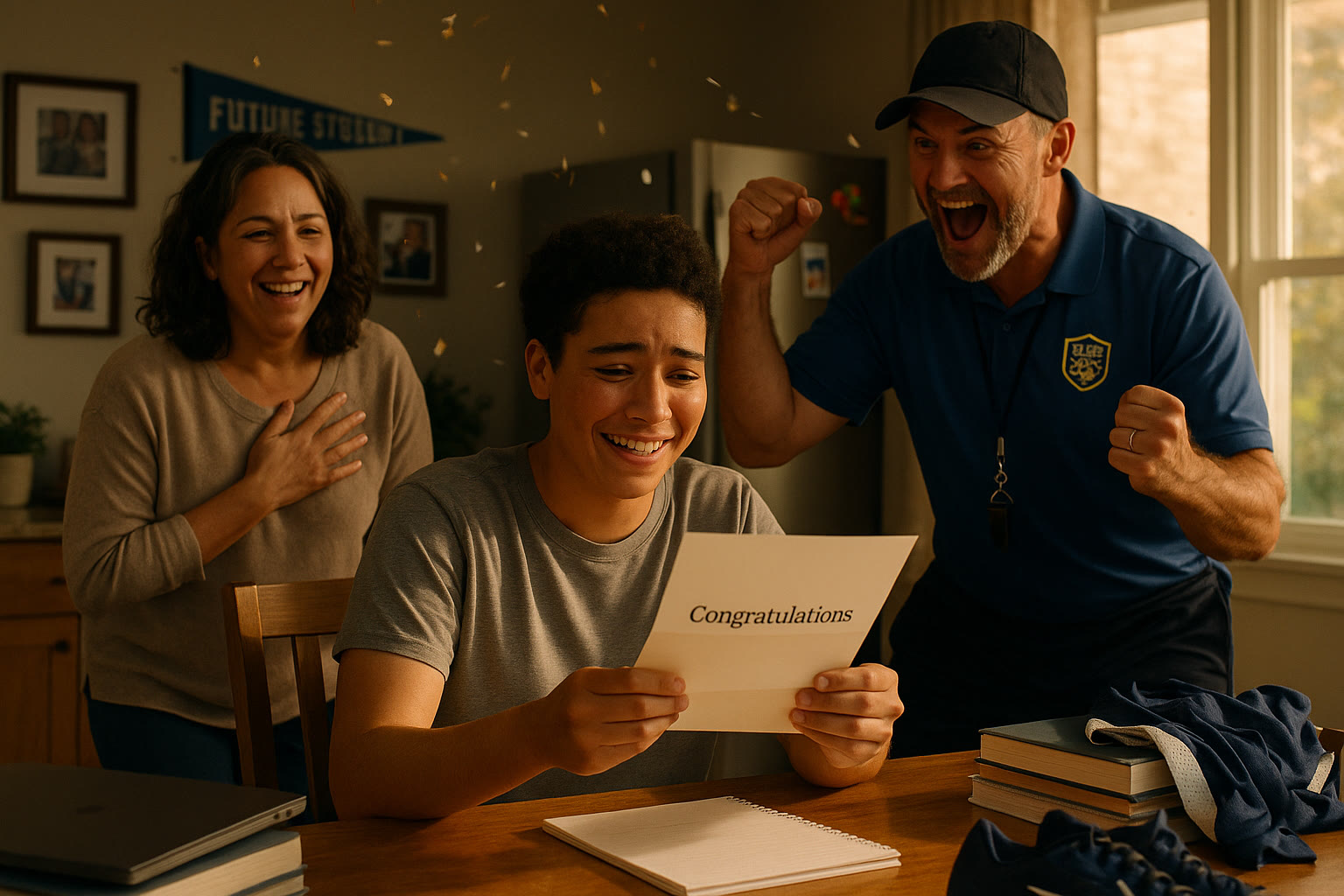



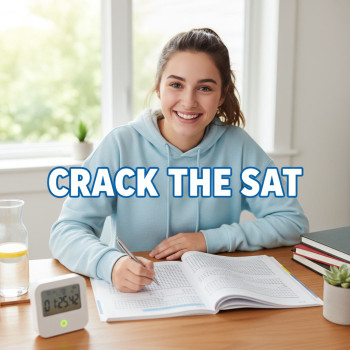
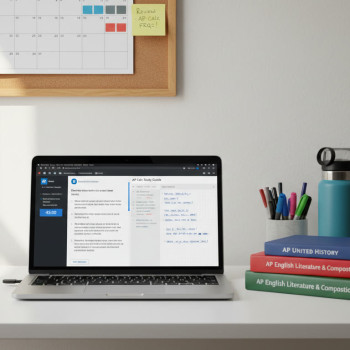











No Comments
Leave a comment Cancel